Are you tired of standing in ankle-deep water every time you take a shower? Blocked drains in the shower can be a common and frustrating issue.
From hair buildup to soap scum and mineral deposits, there are several culprits behind this problem.
We will discuss the causes of a blocked drain in the shower, the tools you need to unblock it, a step-by-step guide to unclogging the drain, and tips on preventing future blockages.
Keep reading to learn how to keep your shower drain flowing smoothly!
Explore in-depth: What Drain Cleaner Works Best
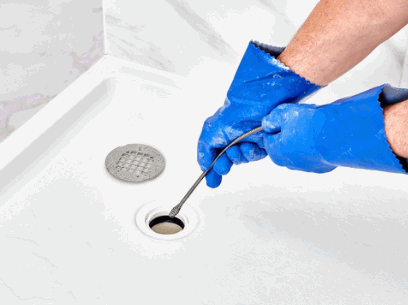
What Causes A Blocked Drain In The Shower?
A blocked drain in the shower can be caused by various factors such as hair, debris, soap scum, mineral deposits, and other build-up that accumulates over time, leading to a restriction in the flow of water.
One of the primary culprits for shower drain blockages is hair, both short and long strands that get washed down during showers. As this hair combines with soap residue and other gunk, it forms a sticky mass that can easily clog the pipes.
Debris such as dirt, small stones, or even small objects can accidentally find their way into the drain and accumulate there, further exacerbating the clogging issue. Sometimes, mineral deposits from hard water can also contribute to the narrowing of the drain passage.
Hair Buildup
Hair buildup is one of the primary reasons for a blocked drain in the shower. As it goes down the drain, it can get entangled with other debris and form a blockage that impedes the smooth flow of water.
This issue not only leads to slow-draining showers but can also result in unpleasant odors emanating from the stagnant water. To remove hair blockages, one can use a drain snake or a mix of baking soda and vinegar to break down the clog. However, preventing hair buildup is key to avoiding future shower blockages. Installing a drain cover can trap hair before it goes down the drain, reducing the chances of clogs. Regularly cleaning the drain and being mindful of what goes into it can go a long way in maintaining a clear and functional shower drain.
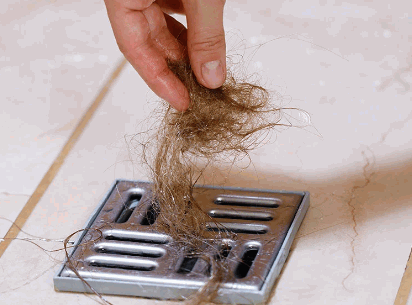
Soap Scum
Soap scum is another common culprit for blocked drains in the shower. When soap combines with minerals in water, it forms a sticky residue that can cling to the walls of pipes, leading to blockages over time.
Soap scum blockages not only lead to slow drainage but can also cause unpleasant odors and potentially costly plumbing issues if left unaddressed. To effectively remove soap scum from your shower drain, you can use a mixture of baking soda and vinegar to break down the residue. Pour this solution down the drain, let it sit for about an hour, then flush it with hot water. Using a drain snake or plunger can help dislodge stubborn soap scum deposits.
To prevent soap scum buildup in the future, consider using liquid body wash instead of traditional bar soap, as it produces less residue. Regularly cleaning your shower walls and drain with a mild acidic cleaner can also help prevent soap scum from accumulating. Installing a mesh drain cover can catch hair and soap scum before it enters the pipes, reducing the likelihood of blockages.
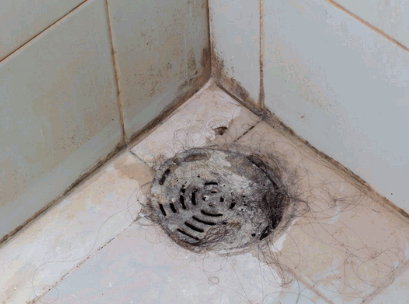
Mineral Deposits
Mineral deposits can also contribute to blocked drains in the shower.
When hard water flows through the pipes, it deposits minerals like calcium and magnesium, which accumulate over time.
As these deposits build up, they create obstructions that impede the smooth passage of water, resulting in slow drainage or complete blockages.
Addressing Mineral Buildup
Various methods can help tackle this issue, such as using vinegar and baking soda solutions to break down the deposits or employing commercial drain cleaners specifically designed for mineral removal.
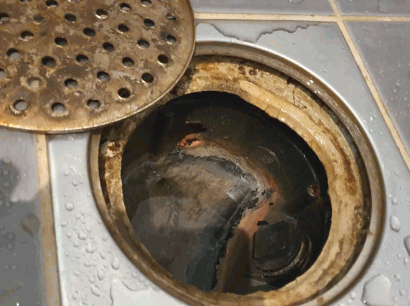
What Tools Do You Need To Unblock A Drain In The Shower?
Unblocking a drain in the shower requires specific tools such as a plunger, plumber's snake, baking soda, vinegar, and drain cleaner to effectively remove clogs and restore proper water flow.
Each tool serves a unique purpose in tackling different types of clogs. A plunger is ideal for minor blockages caused by hair and soap scum, creating pressure to dislodge debris. A plumber's snake is effective in reaching deeper clogs that a plunger can't handle. Utilizing a mixture of baking soda and vinegar can break down organic matter, while drain cleaner can dissolve tough build-ups. Proper technique, such as applying steady pressure with a plunger or rotating the snake slowly, is crucial for successful unclogging without causing damage.
Plunger
A plunger is a versatile tool for unclogging shower drains by creating pressure to dislodge blockages. It is effective in dealing with minor clogs and restoring proper water flow.
When using a plunger to clear a shower drain, the first step is to ensure there is enough water in the shower pan to cover the bottom of the plunger cup. This water helps to create a proper suction seal. Then, place the plunger over the drain opening and push down firmly, followed by pulling up quickly to create pressure. Repeat this plunging motion several times until you feel the blockage start to break up.
- Safety tip: Always wear gloves and avoid using harsh chemical cleaners before resorting to plunging, as they can react dangerously with the force of plunging.
- After successfully clearing the clog, run hot water down the drain for a few minutes to flush out any remaining debris. To maintain good water pressure, consider installing a drain strainer to catch hair and debris before they go down the drain and cause future clogs.
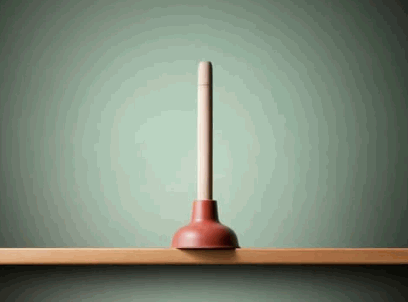
Drain Snake
A plumber's snake, also known as a drain snake, is a specialized tool designed to reach deep into pipes and break through stubborn clogs caused by debris or hair buildup in shower drains.
When using a plumber's snake to unclog a shower drain, start by inserting the snake into the drain opening and turning the handle clockwise to extend the snake further into the pipe. Slowly push and twist the snake down the drain until you feel resistance. Once you hit the clog, gently continue to push and twist to break it apart. It's important to be patient and avoid using excessive force, as it can damage the pipes.
To prevent damage to pipes while using a drain snake, always be cautious and gentle when maneuvering the tool inside the pipes. Make sure to read the manufacturer's instructions carefully to understand the proper usage of the snake for your specific type of plumbing system. Regular maintenance, such as using drain covers to trap hair and debris, can also help prevent clogs in the future and reduce the frequency of using a plumber's snake.
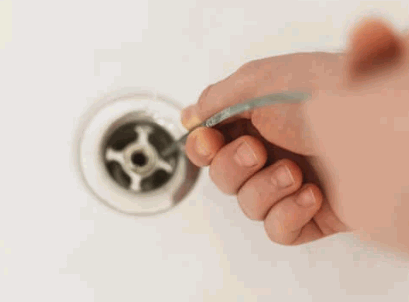
Baking Soda And Vinegar
A mixture of baking soda and vinegar can serve as a homemade solution to unclog shower drains. When combined, these ingredients create a chemical reaction that helps break down debris and clear blockages.
To create this simple yet effective drain cleaner, start by pouring about a cup of baking soda down the drain. Follow this with a cup of vinegar, causing the mixture to fizz and bubble as it works its magic. Let it sit for at least 30 minutes to allow the reaction to break down the clog.
One of the key benefits of using this natural method is that it is safe for both your drains and the environment, avoiding harsh chemicals that can damage pipes and harm aquatic life. Not only does it effectively unclog your drain, but it also helps to eliminate odors and keep your plumbing system running smoothly.
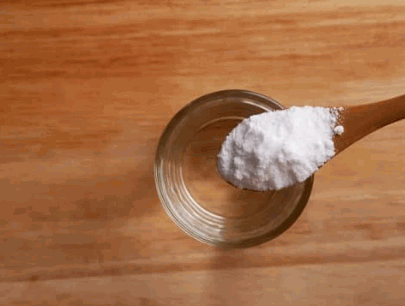
Step-By-Step Guide To Unclogging A Shower Drain
Unclogging a shower drain requires a systematic approach to remove clogs effectively and prevent future blockages. Following a step-by-step guide can help you address the issue efficiently.
Start by removing the drain cover to access the clog. Use a flashlight to inspect the drain and identify the main source of the blockage.
- Plunge the Drain: Use a plunger to create a tight seal around the drain opening and plunge up and down vigorously to dislodge the clog.
- Use a Drain Snake: If plunging doesn't work, try using a drain snake to hook and pull out the blockage.
Remember to wear gloves and protective eyewear for safety. Flush the drain with hot water to clear any remaining debris and test for smooth drainage.
Remove Visible Debris
The first step in unclogging a shower drain is to remove any visible debris or hair near the surface. This initial cleanup helps clear the immediate blockage and prepares the drain for further unclogging methods.
Once you have identified the visible debris, you can start by manually clearing it out using gloves or a set of tweezers. Be cautious not to push the debris further into the drain, as this can worsen the clog. After removing the larger pieces, you can use a mix of baking soda and vinegar or a specially formulated drain cleaner to break down any residual grime.
Remember to protect your skin and eyes while handling chemicals and always follow the manufacturer's instructions to prevent damage to the drain pipes. With regular maintenance and quick action, you can effectively keep your shower drain free from clogs.
Use A Plunger
When dealing with a stubborn clog, using a plunger can be an effective method to create pressure and dislodge the blockage. Proper technique and repeated plunging motions may be necessary to clear the drain.
Start by ensuring the plunger's cup is fully covering the drain opening to create a tight seal, allowing maximum pressure buildup. Friction is key here.
Next, push the plunger down firmly and steadily, then pull it up quickly to create suction. Repeat this plunging motion several times.
If the water doesn't drain or drains slowly, check for overflow holes in the sink or tub and cover them before plunging again.
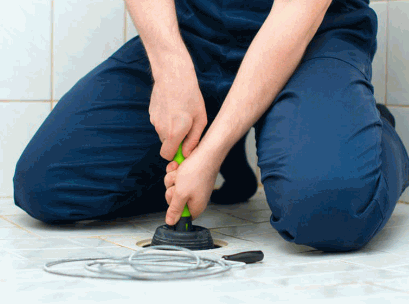
Try A Drain Snake
If the clog persists after using a plunger, employing a drain snake can help reach deeper into the pipes to break apart stubborn blockages. Careful maneuvering is essential to avoid damaging the pipes.
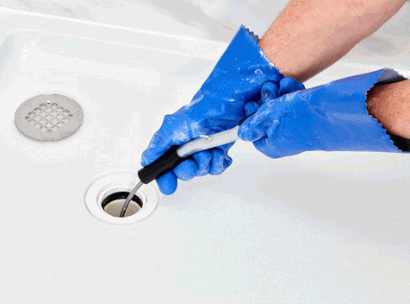
Use Baking Soda And Vinegar
For a natural and chemical-free approach to unclogging a shower drain, combining baking soda and vinegar can help break down organic matter and residue, facilitating the clearing of blockages.
Here's a simple method to use this DIY solution effectively. Start by pouring a pot of boiling water down the drain to loosen any initial debris. Then, mix baking soda with water to create a paste-like consistency. Next, pour the mixture down the drain and let it sit for at least an hour to work its magic.
After the waiting time, pour vinegar down the drain, causing a foaming reaction that can help dislodge the blockage. Remember to cover the drain opening to contain the bubbling action. Flush the drain with hot water to wash away the dissolved residue and enjoy the free flow of your shower drain once again.
It's crucial to exercise caution when handling these substances. Baking soda and vinegar are safe when used properly, but remember to avoid direct contact with eyes and skin. Also, never mix them in a closed container to prevent pressure buildup. With a little patience and these safety precautions, you can naturally unclog your drain without harsh chemicals.
How To Prevent Future Drain Blockages In The Shower
Preventing future drain blockages in the shower involves implementing proactive measures to maintain the cleanliness and functionality of the drain system, reducing the likelihood of clogs and standing water issues.
One effective strategy is to install drain covers to prevent larger debris from entering the drain and causing blockages.
Regularly incorporating cleaning routines can help keep the drain clear of any build-up that might lead to clogs.
Using hair catchers in the shower can effectively trap hair and other materials before they reach the drain, further decreasing the risk of blockages.
By combining these preventive measures, you can significantly reduce the need for costly and inconvenient drain maintenance in the future.
Install A Drain Cover
Installing a drain cover is an effective way to prevent debris, hair, and foreign objects from entering the drain pipes, reducing the risk of blockages and ensuring smooth water flow in the shower.
Drain covers act as a barrier, intercepting large particles and preventing them from clogging the plumbing system. By stopping these items at the surface, drain covers play a crucial role in maintaining the hygiene and functionality of your bathroom or kitchen drains. To ensure optimal performance, it is important to choose the right type of drain cover based on the specific requirements of your sink or shower. Opt for covers with small enough holes to block unwanted items while allowing water to flow freely.
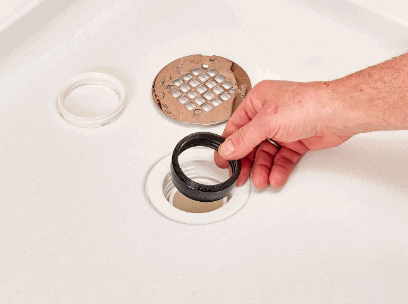
Regularly Clean The Drain
Regularly cleaning the drain in the shower can help remove accumulated debris, soap scum, and other residues that contribute to clogs and standing water issues. A simple maintenance routine can prevent blockages.
When neglected, these build-ups can lead to more serious problems like foul odors, slow drainage, and even potential damage to the plumbing system. To avoid such issues, it is recommended to utilize effective cleaning methods such as using a mixture of vinegar and baking soda to break down obstructions.
Scheduling drain cleaning on a regular basis, ideally every few months can significantly prolong the lifespan of your drainage system. Regular maintenance not only ensures smooth water flow but also reduces the need for costly repairs in the future.
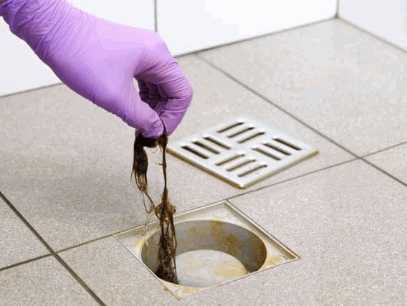
Use A Hair Catcher
Utilizing a hair catcher in the shower drain can help trap hair, dirt, and other debris before they enter the pipes, reducing the occurrence of clogs and simplifying drain maintenance.
By using a hair catcher, you effectively prolong the lifespan of your plumbing system, as it prevents the build-up of materials that can lead to blockages over time. The convenience of having a reliable hair catcher means less money spent on costly plumbing repairs or maintenance services.
Investing in a high-quality hair catcher ensures that your drains remain clear and free-flowing, saving you time and hassle in the long run. Remember to regularly clean and remove captured hair and debris from the catcher to maintain its efficiency and effectiveness in preventing clogs from occurring.
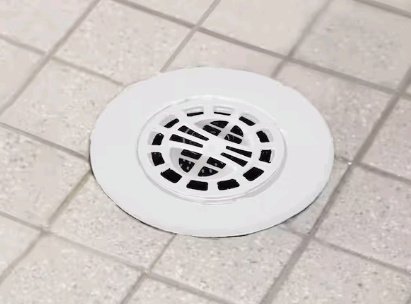
Avoid Pouring Grease Or Oil Down The Drain
To prevent drain blockages, it is essential to avoid pouring grease, oil, or fatty substances down the shower drain, as these can solidify in the pipes and create obstructions over time.
When grease accumulates in the pipes, it forms a sticky residue that traps food particles, hair, and other debris, leading to the formation of clogs. These blockages can cause slow drainage, foul odors, and even sewage backups in severe cases.
To avoid such plumbing issues, it is recommended to scrape grease and oil into a dedicated container before washing dishes or cleaning cookware. This simple practice can significantly reduce the amount of grease that enters the drainage system.
Consider recycling used cooking oil or disposing of it at designated drop-off locations, rather than pouring it down the sink. Many communities offer recycling programs for used cooking oil to promote eco-friendly disposal methods.
